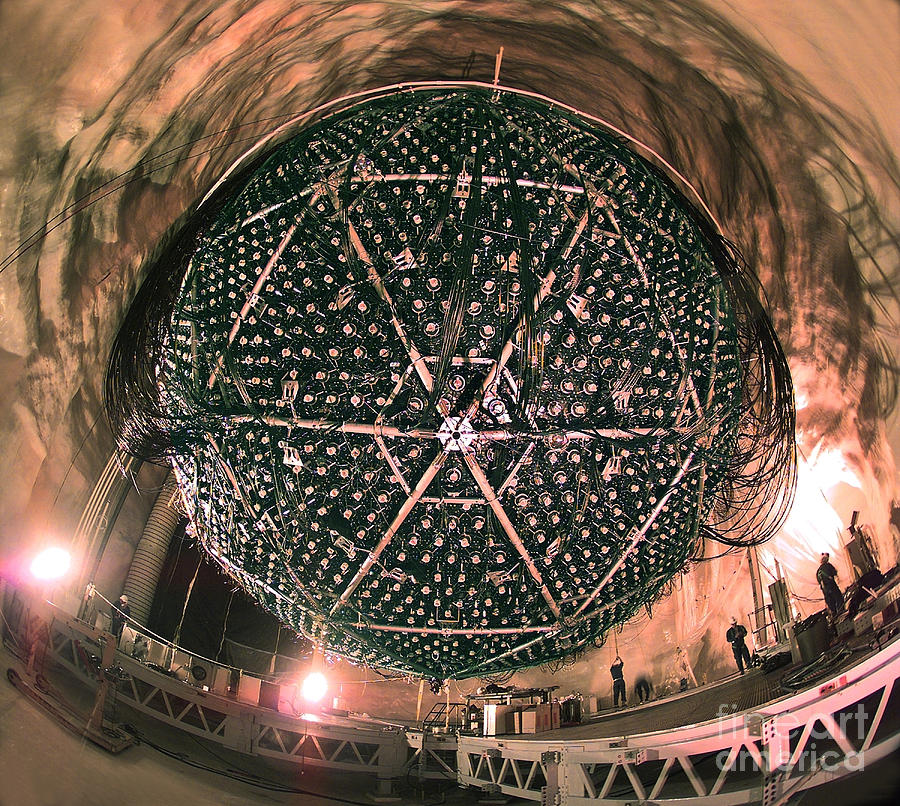
Started in 1976 but canceled in 1995, DUMAND paved the way for successor projects. The observatory would have stretched nearly 0.25 cubic miles (1 cubic km) of ocean more than 3 miles (5 km) beneath the surface. The Deep Underwater Muon And Neutrino Detector (DUMAND) Project was a proposed underwater neutrino telescope in the Pacific Ocean near the island of Hawaii. You need a large, transparent detector shielded from daylight to see them, so scientists build them deep underwater or embedded in ice. When neutrinos smash into protons or neutrons inside an atom, they produce secondary particles that give off a blue light called Cherenkov radiation. Later, scientists detected solar neutrinos and atmospheric neutrinos.īecause neutrinos interact so weakly with other particles, you have to have a very large amount of matter in order to detect them. The idea of neutrino detectors goes back to the 1950s, when Clyde Cowan and Frederick Reines first detected neutrinos from a nuclear reactor. "It is the point in time when it becomes real," said Uli Katz, an astrophysicist at the University of Erlangen-Nuremberg in Germany, who is helping spearhead KM3NeT, a planned neutrino telescope in the Mediterranean Sea.

The successful completion of IceCube and the prospect of other telescopes on the horizon have set the neutrino world abuzz. "Each time we find another way to make a picture of the sky - using gamma rays, X-rays, radio waves - you have always been able to see things you never saw before," Halzen told.

The finding opens the door to a new kind of astronomy that would "image" the sky in the light of neutrinos, rather than photons. After looking deeper into the data, scientists found a total of 28 high-energy neutrinos with energies greater than 30 teraelectronvolts (TeV), reporting their finding in the journal Science. No neutrinos from distant cosmic sources had been seen.īut in April 2012, IceCube recorded two neutrinos with extremely high energies - almost a billion times that of the ones found in 1987 - that could only have come from a high-energy source outside the solar system.

Until recently, scientists had only detected neutrinos beyond Earth from the sun or from a supernova in the Large Magellanic Cloud in 1987. Supernovas, active galactic nuclei and black holes are some of the possible sources for these ghostly particles. Produced in some of the most violent, but unknown, events in the universe, they travel to Earth at close to the speed of light and in straight lines, which reveals information about their origin. Neutrinos are the social misfits of the particle world - they rarely interact with matter. "The big difference why it's new astronomy is that we are not using light, we are using neutrinos to look at the sky." "We now have the opportunity to determine what the sources are, if we are indeed seeing sources of cosmic rays," said Francis Halzen, principal investigator of the IceCube observatory and a theoretical physicist at the University of Wisconsin-Madison.


 0 kommentar(er)
0 kommentar(er)
